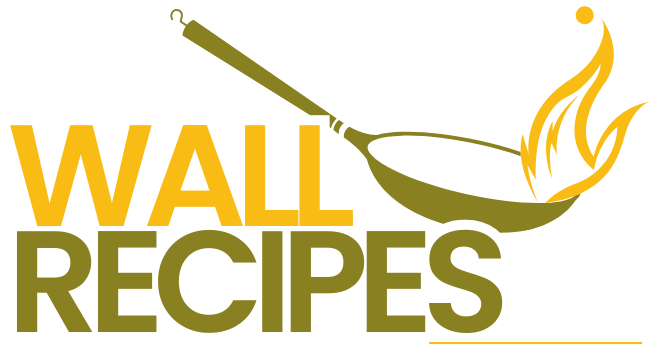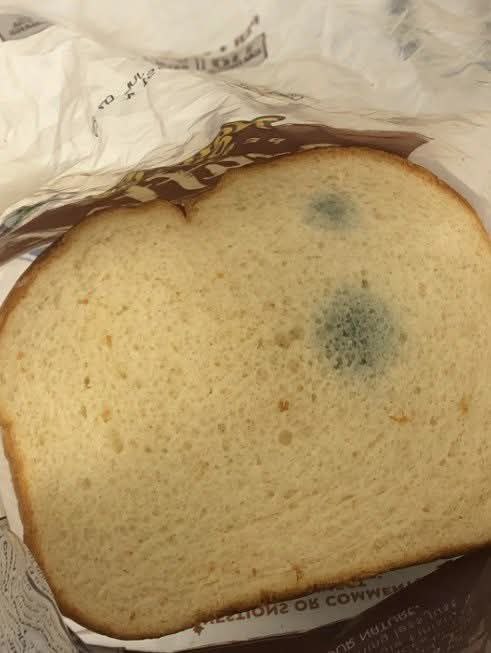Why You Should Not Consume Moldy Bread
-
Mycotoxin Production: Some molds produce toxic substances known as mycotoxins, which can be harmful or even carcinogenic when ingested. Mycotoxins can spread beyond the visibly moldy areas, rendering the entire slice – and potentially the entire loaf – unsafe.
-
Allergic Reactions: Individuals with mold allergies may experience symptoms such as sneezing, coughing, eye irritation, or even more severe respiratory reactions from simply inhaling mold spores.
-
Gastrointestinal Distress: Consumption of moldy bread can lead to nausea, vomiting, and diarrhea, especially in individuals with weakened immune systems or underlying health conditions.
-
Invisible Contamination: Mold spores are microscopic and can infiltrate deeper layers of bread beyond what is visible on the surface. Removing moldy spots does not eliminate the health risk, as the roots of the mold (mycelium) often penetrate the food.
Proper Storage to Prevent Mold Growth
To minimize the risk of mold contamination:
-
Store bread in a cool, dry place: Bread should be kept in airtight containers or sealed packaging to reduce exposure to air and moisture.
-
Refrigerate or freeze: In humid climates, refrigeration or freezing is advisable to prolong shelf life, especially for bread without preservatives.
-
Observe expiration dates: Always check the “best by” or expiration date and inspect bread before use.
-
Use clean hands or utensils: Cross-contamination can introduce mold spores to fresh bread.
What to Do If You Find Mold on Bread
-
Do not eat it: Discard the entire loaf, not just the visibly affected slices.
-
Clean the storage area: Mold spores can linger in bags, containers, and bread boxes. Clean them thoroughly with warm soapy water or a mild disinfectant.
-
Avoid sniffing: Inhaling mold spores can trigger allergic or respiratory responses.
Conclusion
While it may seem tempting to salvage parts of a loaf with only minor mold spots, the health risks far outweigh the perceived benefits. Mold contamination in bread is a sign that it is no longer safe to consume. Practicing proper storage methods and being vigilant about food safety can help prevent exposure to harmful mold and protect your health.
Author:
[Your Name]
Food Safety and Public Health Specialist

